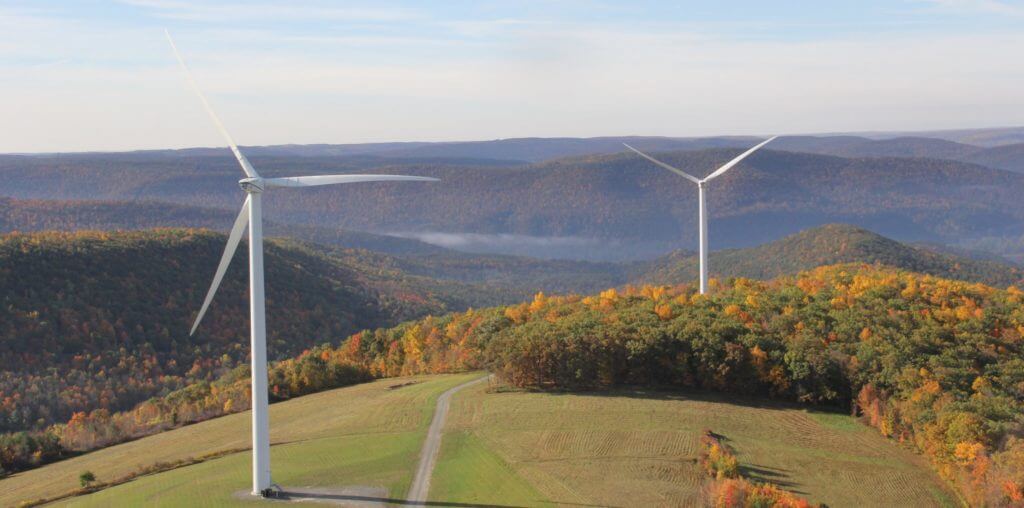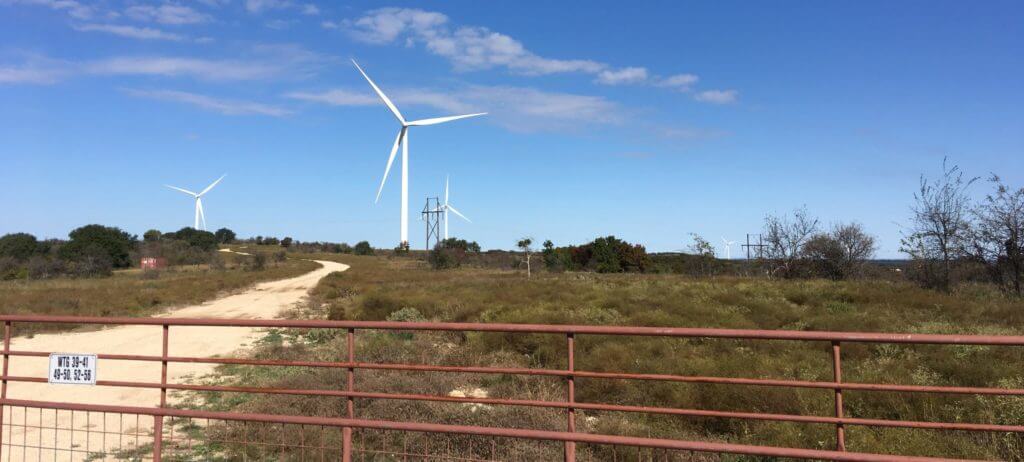Wind energy helps ward off power outages
Over the last 48 hours, wind energy played a critical role in keeping homeowners warm as grid operators across the Eastern and Central U.S. worked overtime to keep up with record-breaking winter demand.
Most importantly, wind energy provided massive quantities of extremely valuable electricity when grid operators needed it most to meet demand from electric heaters and furnace fans. In several cases, wind energy’s output provided the critical difference that allowed grid operators to keep supply and demand in balance and the lights on. Wind energy also helped by offsetting natural gas consumption at gas-fired power plants, keeping natural gas prices in check by making more natural gas available for building heat.

The last two days serve as a powerful reminder that wind energy plays a critical role in diversifying our energy mix, improving energy reliability and reducing energy costs for homes and businesses. Diversity inherently makes the power system more reliable by protecting against the unexpected failures that afflict all energy sources from time to time. While wind energy output does change with the wind speed, such changes occur far more slowly than the unexpected outages that frequently occur at large conventional power plants. Moreover, changes in wind energy output are predictable using weather forecasting, while conventional power plant failures are not, making them far more difficult and costly for grid operators to accommodate.
Diversifying our energy mix with wind energy also protects consumers from energy price fluctuations. By providing consumers with more choice, wind energy reduces the price of both electricity and fossil fuels and hedges against price volatility, both during times of crisis and over the longer-term.
As the winter storm moved from west to east over the last two days, wind energy repeatedly proved its reliability and value:
- As the cold and high winds first rolled into the Upper Midwest, the MISO grid operator saw very high wind energy output of around 8,000 MW, enough to supply 6 million average homes under typical conditions.
-
Early on January 6, the Nebraska Public Power District was able to meet record winter electricity demand with more than 300 MW of wind output, which provided about 13% of its total electricity demand. In a glowing press release, the utility explained that “Nebraskans benefit from NPPD’s diverse portfolio of generating resources. Using a combination of fuels means we deliver electricity using the lowest cost resources while maintaining high reliability for our customers.” The utility also noted that “NPPD did not operate its natural gas generation because the fuel costs were up more than 300 percent over typical prices.”
- Then in Texas, the more than 2,000 MW of wind output on Monday morning was the critical difference keeping heaters running as the grid operator struggled with numerous outages at conventional power plants. More than 13,000 MW of conventional power plants were down for maintenance, while another 2,000 MW of conventional power plants experienced unplanned outages, forcing the grid operator to resort to emergency procedures. In a similar incident two years ago, wind energy earned accolades from the grid operator for helping to keep the lights on as dozens of conventional power plants failed in another cold snap.
- More cold air reached the East Coast Monday evening. The grid operator for the Mid-Atlantic and Great Lakes states, PJM, saw very high wind energy output when it needed it most. Wind output was above 3,000 MW when the grid operator faced extreme challenges due to the unexpected failure of numerous fossil-fired power plants as well as two large nuclear power plants in Pennsylvania and Illinois.
- Finally, on Tuesday afternoon, very high electricity prices and natural gas prices across New England are being reduced by high wind output across the region’s wind plants.
Wind energy diversifies our energy mix, providing consumers with more reliable and lower cost electricity during both extreme weather and normal conditions.




